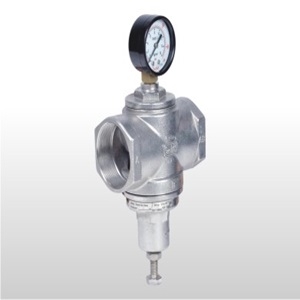Understanding PRV Valves: Keeping Your Plumbing Safe and EfficientPosted by Aira Euro on May 14th, 2024  The unsung heroes of your home's plumbing system, pressure reducing valves (PRVs), play a vital role in ensuring its smooth operation and longevity. While they may not be as flashy as a new faucet or showerhead, PRVs silently work behind the scenes to safeguard your pipes, appliances, and wallet. What is a PRV Valve and What Does It Do?Imagine your home's water supply as a powerful river. Municipal water pressure can vary depending on location, but it often exceeds the ideal level for household plumbing. A PRV acts like a dam, regulating the incoming flow and reducing it to a safe and manageable pressure for your pipes and appliances. Here's how a PRV achieves this:
Benefits of Using PRV ValvesBy regulating water pressure, PRVs offer a multitude of benefits for your home's plumbing system:
Signs You Might Need a PRV ValveIf you experience any of the following issues in your home, it might be a sign that a PRV could benefit your plumbing system:
Do You Need a PRV Valve?While not every home necessarily requires a PRV, it's a wise investment for many homeowners. Here are some factors to consider:
How to Choose and Install a PRV ValveConsulting a licensed plumber is the best way to determine if your home needs a PRV and to choose the right type and size for your specific plumbing system. Here's a general overview of the process:
Maintaining Your PRV ValvePRVs generally require minimal maintenance. However, some manufacturers recommend periodic inspections by a qualified plumber to ensure proper operation. You can also be mindful of any changes in water pressure or performance of your plumbing system, which could indicate an issue with the PRV. ConclusionThe PRV valve is like silent guardians, protecting your home's plumbing system from the damaging effects of high water pressure. By understanding their function and benefits, you can make an informed decision about whether a PRV is right for your home. With a properly installed and maintained PRV, you can enjoy the peace of mind that comes from a safe, efficient, and long-lasting plumbing system. Like it? Share it!More by this author |


